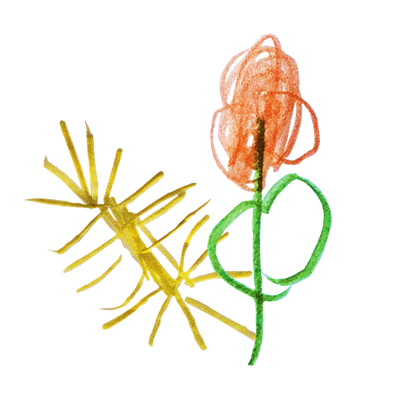2025.07.11
Seven papers have been accepted and published so far this year
The following seven papers have been published:
Ren Wei, Guomin Ji, Yuya Sakai: Enhancing Performance and Achieving Carbon Negativity in Botanical Concrete via Autoclave Pre-Treatment and High Kraft Lignin Addition, Developments in the Built Environment, Vol. 23, 1006942025, 2025
This study enhanced the performance of botanical concrete by autoclaving the wood powder used as raw material and adding high concentrations of kraft lignin. It resulted in improved compressive strength and durability, while also achieving carbon negativity through CO₂ absorption.
Zongxuan Shao and Yuya Sakai: Recycling recycled concrete powder into low-carbon construction material through compaction and carbonation, Resources, Conservation and Recycling, Vol. 222, 1084562025, 2025
This research explores the development of a new low-carbon construction material by compacting and carbonating fine powder generated during the production of recycled aggregate. The resulting material achieves sufficient compressive strength for practical use.
Shiyuan Li, Yuya Sakai: Rapid Visualization and Quantification of Water Penetration into Cement Paste Using Near-infrared Hyperspectral Imaging, Cement and Concrete Composites, Vol. 161, 106103, 2025
This study visualized water infiltration into cement paste using a hyperspectral camera. It enabled high-resolution visualization and quantification of water distribution and penetration speed.
Lei Xu, Lei Liu, Zheng Fangb, Min Chen, Guangfeng Ou, Michio Suzuki, Yuya Sakai: Electrolyte pH modulation for efficient and durable electrochemical cement clinker precursor production, Green Chemistry, 27, 3706-3714, 2025
This paper demonstrates that proper pH control in the electrochemical production of calcium hydroxide significantly improves both reaction efficiency and product stability.
Yuya Sakai: Simulating water penetration in cementitious materials using pore structures from mercury intrusion porosimetry, Case Studies in Construction Materials, Vol. 22, e04492, 2025
This study investigated a simulation method for water penetration behavior using pore structure data of cement-based materials obtained through mercury intrusion porosimetry.
Shiyuan Li, Zheng Fang, Huining Xu, and Yuya Sakai: Bound Water Evolution and Machine-Learning-Assisted Early Hydration Degree Estimation of Cement Paste Based on Hyperspectral Imaging, Construction and Building Materials, Vol. 470, 1405972025, 2025
This research analyzed changes in bound water in early-age cement hydrates using hyperspectral imaging. A machine learning-based approach was developed to estimate the degree of hydration with high accuracy.
Haoyu Wang, Jie Luo, Shingo Asamoto, Yuya Sakai, Kohei Nagai: Mesoscale simulation of cracking and shrinking during drying under coupled effect of environmental factors using 3D RBSM, Case Studies in Construction Materials, Vol. 22, e043172025, 2025
This study used a 3D Rigid Body Spring Model (RBSM) to simulate cracking and shrinkage during drying at the mesoscale, taking into account coupled effects of environmental factors such as temperature and humidity.
Pengcheng Qiu, Phyo Thant Htein, Michio Suzuki, Kei Futagawa, and Yuya Sakai: Synthesis of construction materials from low-quality sand: Impact of reaction time and ethanol recycling, Resources, Conservation & Recycling, Vol. 212, 1079332024, 2025
This research developed a process for synthesizing construction materials from low-quality sand. It examined the effects of reaction time and recycled ethanol on the material’s properties.
Category:Journals
